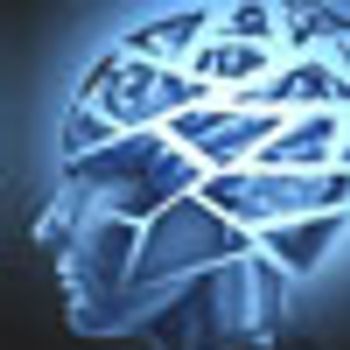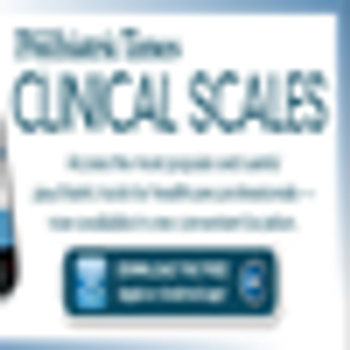
In a new study, researchers found an absolute risk of 4.42% of valproate use during pregnancy with autism spectrum disorder and an absolute risk of 2.50% for childhood autism.

Ms Duerr is the editorial director of Psychiatric Times.

In a new study, researchers found an absolute risk of 4.42% of valproate use during pregnancy with autism spectrum disorder and an absolute risk of 2.50% for childhood autism.

Plaintiffs in this lawsuit claim that CPT coding policy has resulted in decreased reimbursement for psychiatrists, who will now receive 20% less for evaluation and management services than what Anthem pays other physicians.

President Barack Obama proposed a new research initiative designed to further study and better understand, treat, prevent, and cure brain disorders including Alzheimer disease, traumatic brain injury, autism, posttraumatic stress disorder, and schizophrenia.

Changes will mean patients will only be covered for psychiatrists’ services that include medical evaluation and management; CPT coding will not allow for coverage of psychotherapy as a separate and equal category for payment.

Preliminary evidence shows that dialectical behavior therapy may be beneficial in treating patients with bipolar disorder.

Astrocytic signaling to adenosine receptors results in the robust reduction of depressive-like behaviors associated with sleep deprivation.

Medical colleagues routinely monitor patients with sphygmomanometers, peak flow meters, and glucometers. Similarly, psychiatrists can and should incorporate the use of screening tools to help with diagnosis and treatment management.

Spice, Bath Salts, and Salvia are emerging drugs of abuse, with patients increasingly turning to these agents. Since their legal status varies and they can be difficult to detect on standard drug tests, their popularity may be increasing.

Treating bipolar disorder in women has unique concerns. For example, contraceptive use can decrease the level of mood stabilizers and alter their effectiveness.

The new annual suicide rate of 12.0 per 100,000 people translates into 100.8 suicides per day and 1 suicide every 14.3 minutes. Here, you will find tools and tips to help identify patients at risk.

Researchers have found evidence that the placebo effect is not all “in your mind.” This study, recently published in Science, suggests that the spinal column-specifically, the dorsal horn-may be involved in blocking pain after placebo has been administered. Eippert and colleagues1 examined pain reactions in 13 young, healthy men (21 to 30 years old) after applying 2 types of cream on their forearms. The participants were told that one cream was a highly effective analgesic (“lidocaine”) and the other was a control cream. In reality, both creams were identical and pharmacologically inactive; the one labeled lidocaine was used to measure the placebo response.